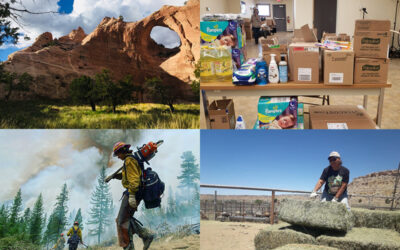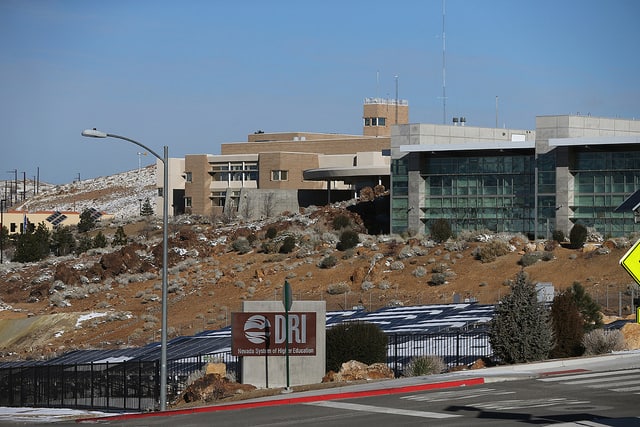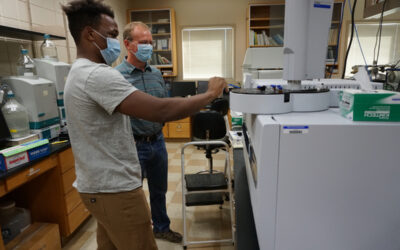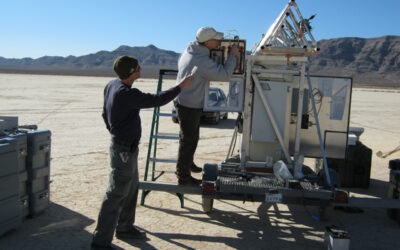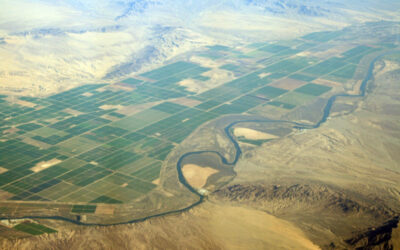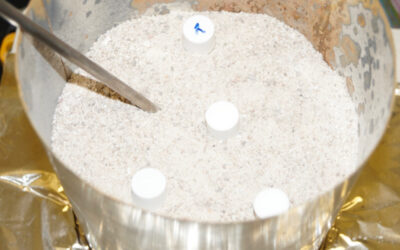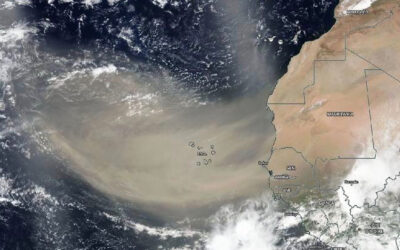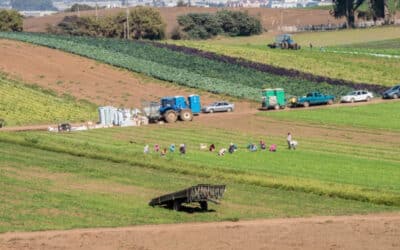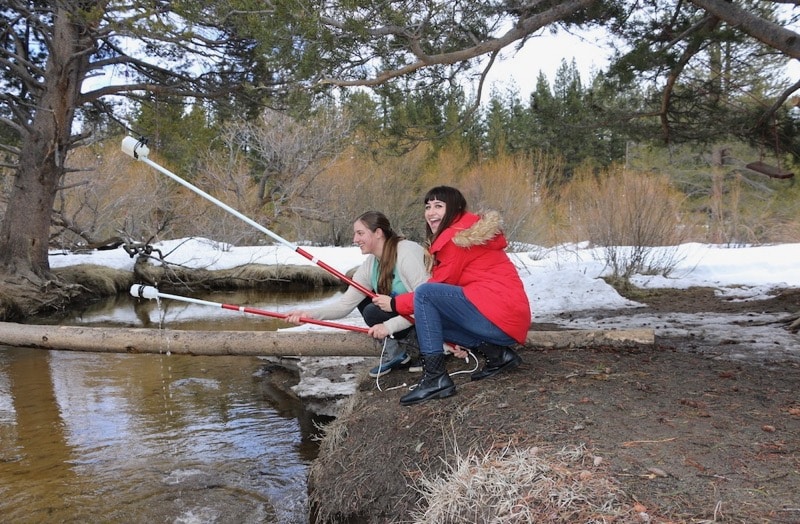The Native Waters on Arid Lands project’s COVID-19 Working Group is a network of partners working together to solve problems and share information across Indian Country.
New DRI projects for 2021 include microplastics, microfossils, snowmelt risk, and solute transport
New DRI projects for 2021 include microplastics, microfossils, snowmelt risk, and solute transportFEB 26, 2021RENO & LAS VEGAS, NEV.Introducing the winners of DRI's 2021 Institute Project Assignment (IPA) competition.Each year, the Desert Research Institute awards...
What’s in the plume? Researchers compare health impacts of smoke from wildfires versus prescribed burns
wildfires often burn hotter and their plumes may include chemicals released by burning houses or other structures.
New study explores relationship between dust and Valley Fever
Vic Etyemezian, Ph.D., is the Interim Vice President of Research at the Desert Research Institute (DRI) and specializes in the study of dust emissions. Vic has been a member of the DRI community since 1999, when he started his career at DRI as a post-doctoral scientist with the Division of Atmospheric Sciences in Las Vegas. He recently published a paper in the International Journal of Environmental Research and Public Health titled “Valley Fever: Environmental Risk Factors and Exposure Pathways Deduced from Field Measurements in California,” working alongside colleagues Antje Lauer, Ph.D. (California State University Bakersfied), George Nikolich, M.S. (DRI), and others, so we connected with Vic to learn more about the project.
DRI scientists investigate effectiveness of heat warnings along US-Mexico border
Featured research by DRI’s Kristin VanderMolen, Ben Hatchett, Erick Bandala, and Tamara Wall.
In July and August, daytime temperatures along parts of the US-Mexico border can reach as high as 120 degrees – more than 20 degrees above normal human body temperature. For agricultural workers and others who live and work in the region, exposure to these extreme high temperatures can result in serious health impacts including heat cramps, heat exhaustion, heat stroke, and heat-related death.
Engineered Processes for the Separation and Degradation of Microplastics in Freshwater
the researchers will use acoustic focusing and electrocoagulation to separate microplastics from freshwater effluents and determine the removal process mechanisms.
Featured Research: DRI scientists analyze origins of the Saharan dust plume
On June 18, 2020, NASA-NOAA’s Suomi NPP satellite captured this visible image of the large light brown plume of Saharan dust over the North Atlantic Ocean. The image showed that the dust from Africa’s west coast extended almost to the Lesser Antilles in the western...
New donor-powered research underway to address climate adaptation, water resources, and more
The DRI Foundation has just awarded the next round of seed grants to six teams of researchers through the Innovation Research Program (IRP). The IRP provides the start-up funding DRI scientists need to test new ideas and produce initial data, which will help them...
Why scientists are studying stories during the COVID-19 pandemic
The family dinner table. The water cooler with coworkers. Your social media feed. Bedtime with your toddler. What do all these places have in common? They’re full of stories. Look closely at your day and, chances are, you’ll notice that stories permeate just about...
People-powered research: Citizen science makes microplastics discovery at Lake Tahoe possible
Take a moment to picture a scientist who has made a groundbreaking discovery. What does that person look like? Perhaps it’s a person in a white coat standing in a lab with microscopes and test tubes, or a distinguished professor accepting an award on stage. What if we...
